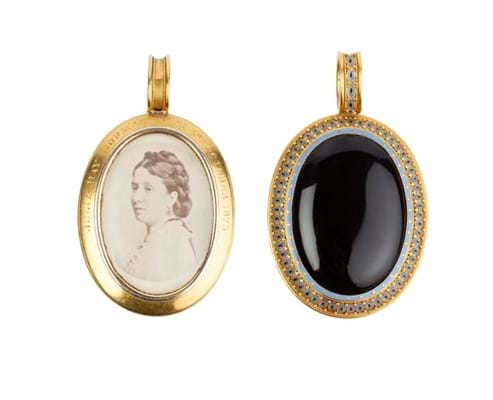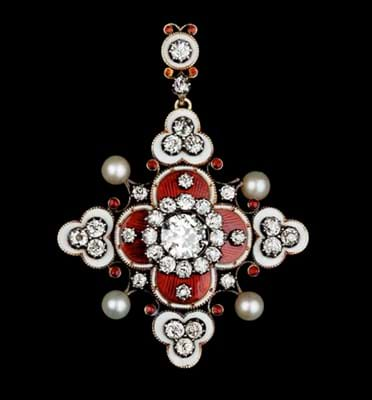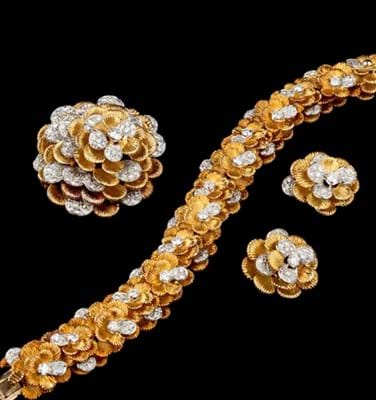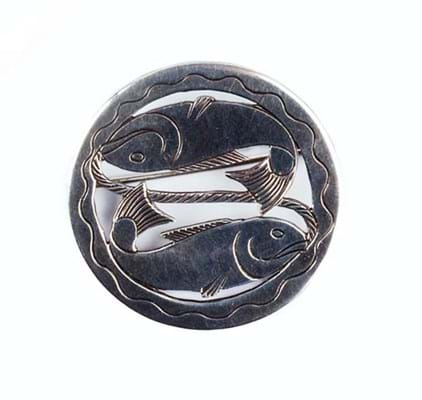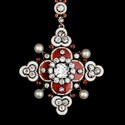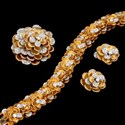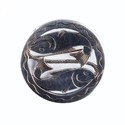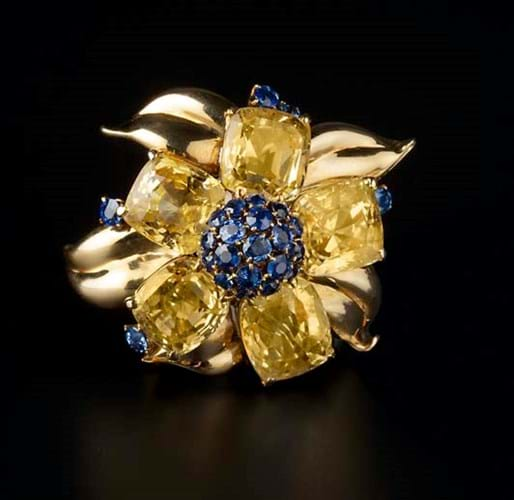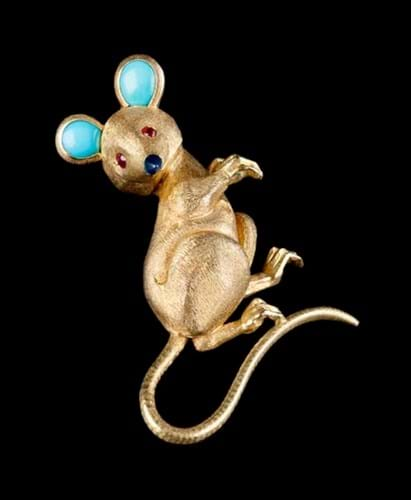She was daughter of the celebrated British photographer Julia Margaret Cameron (1815-79).
Born in Calcutta in 1838, the younger Julia had married Charles Loyd Norman in January 1859.
The couple gave Cameron her first camera at the age of 48 – a gift remembered in the dedication to Mrs. Cameron’s Photographs from the Life.
This collection of 74 albumen prints, including the well-known portraits of Darwin and Tennyson, is commonly known as The Norman Album as an inscription dated September 8, 1869 reads: To the givers of my camera I dedicate/give these works of this camera, with all gratitude for the inexhaustible pleasure to me, & to hundreds, which has resulted from the gift.
Tragically, Julia Norman was to die in childbirth just four years later and a family provenance raised the possibility that this pendant had been commissioned by Julia Margaret Cameron herself.
And who else but her would have taken the photograph?
The bonus of a good maker – pioneers of British archaeological style jewellery – and excellent condition led to the pendant selling at £1900 (estimate £600-800). The buyer was a Cameron collector.
Jewellery that excels
From Victorian revivalism to the bold colours and forms of the 1960s, good vintage and period jewellery continues to excel at auction.
Mallams’ specialist Louise Dennis described the market as “very strong for quality pieces”, although she conceded some weakness exists among lesser antique pieces and the ‘second-hand’ modern branded lots.
Topping the sale, a ‘passe-partout’ flower brooch by Van Cleef & Arpels sold to a phone bidder at £11,500.
The complete ‘passe-partout’ package, patented by VCA in 1938, comprised a flexible yellow gold snake chain and two gem-set flower clips that could be adapted to a wearer’s mood or occasion. Using a system of concealed metal rails to adjust the chain, the clips could be worn separately or together as a necklace, bracelet or belt.
This example – minus the chain – was set with much-admired cushion-shaped yellow sapphires and a bombé cluster of circular blue sapphires.
Dennis said she chose to arrange the catalogue according to consignments rather than by type or chronology. “The recurring question from potential buyers is ‘where have they come from’, so we decided it made sense to group any private collections together.”
This classic French brooch c.1940 was part of the ‘the property of a lady’ that included a splendid example of British post-war jewellery. A diamond-set brooch, bracelet and ear clips suite was made in the Swinging Sixties by Kutchinsky of London. Combining textured two colour gold and diamonds to form dense ‘tiered’ floral blooms, this set, hallmarked for 1966, sold towards the top end of expectations at £11,000.
From the same collection was a 1950s lady’s bracelet watch designed as two interlaced articulated lines of graduated round brilliant-cut diamonds and step-cut sapphires encasing a watch movement by Audemars Piguet. Estimated at £2500-3500, it sold for £9000 to an American bidder.
Some of the most commercial entries came from a local titled lady – a combination of antique pieces she had inherited and ‘vintage’ items she had been bought or been given.
Diamond riot
Both a late 19th century diamond, pearl and emerald pendant (estimate £1500-2000) and a 1960s Cartier animal brooch (estimate £1000- 1500) exceeded expectations. The lozenge-shaped pendant, a riot of old cut diamonds, red and white guilloché enamel and four pearls, sold to a phone bidder at £4600. It was probably made in the 1890s, its design representing a subtle but distinctive move from Holbeinesque forms of a generation earlier.
The brooch, with the combined appeal of novelty and a recognised brand, was formed as a mouse with ruby eyes, cabochon sapphire nose and turquoise ears and signed to the reverse Cartier Paris. It took £4400.
Lower down the price scale, but always popular, was a small collection of seven turn-of-the-century Murrle Bennett & Co jewels formed by a local lady. An enamel and blister pearl pendant loosely based on Suffragette colours took £290 while £360 was bid for an enamel and pearl bracelet, a more unusual form.
“It was nice to see a bracelet and it was a great length, really wearable,” said Dennis.


